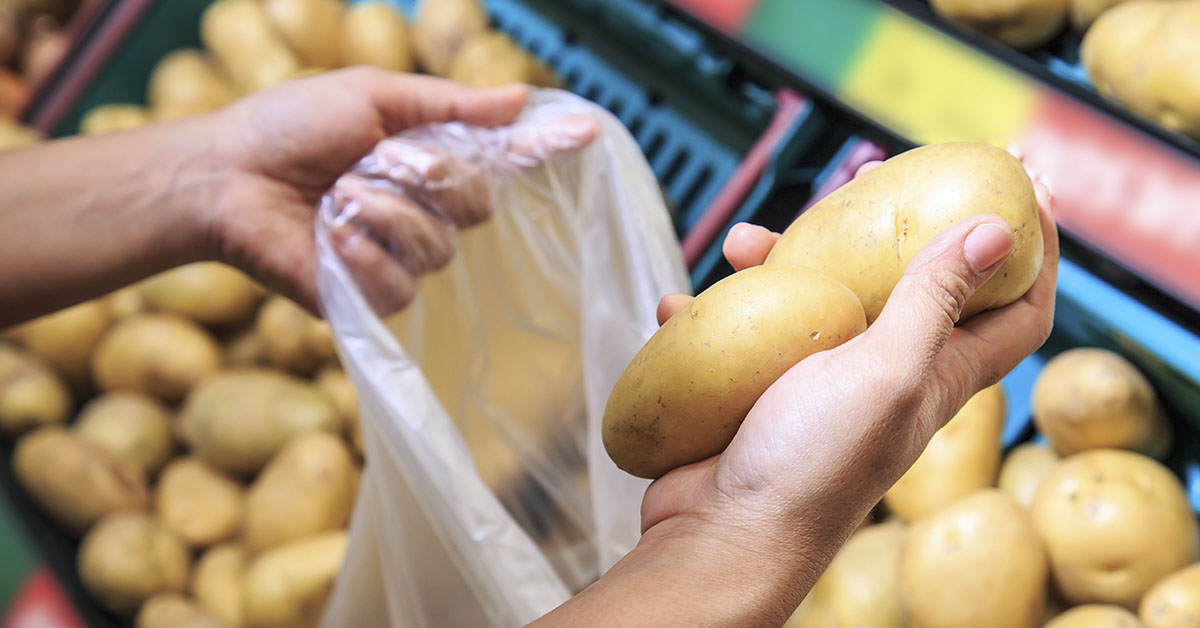Grocery bills are delivering a shocking blow to American wallets, but the pain isn’t equal everywhere. Recent data reveals certain metro areas are battling grocery prices at more than twice the national average. This creates financial strain for millions of families. From isolated islands to urban centers, your zip code now determines not just what you pay for housing. It also determines how much it costs to fill your refrigerator.
The Cost of Groceries Isn’t Rising Evenly Across America

While the national inflation rate hovers around 2.4%, grocery prices in some cities are climbing at double that pace. A SmartAsset study, based on Bureau of Labor Statistics data, shows just how much shoppers are feeling the difference. “While prices of fruits, vegetables and dairy products either increased or decreased depending on the location, eggs, meat and poultry soared almost unanimously, reaching over 9% or higher than just a year before — tripling the general rate of inflation,” the study found. The numbers paint a clear picture: depending on where you live, your grocery bill could be stretching a lot faster than your paycheck.
Paradise at a Premium
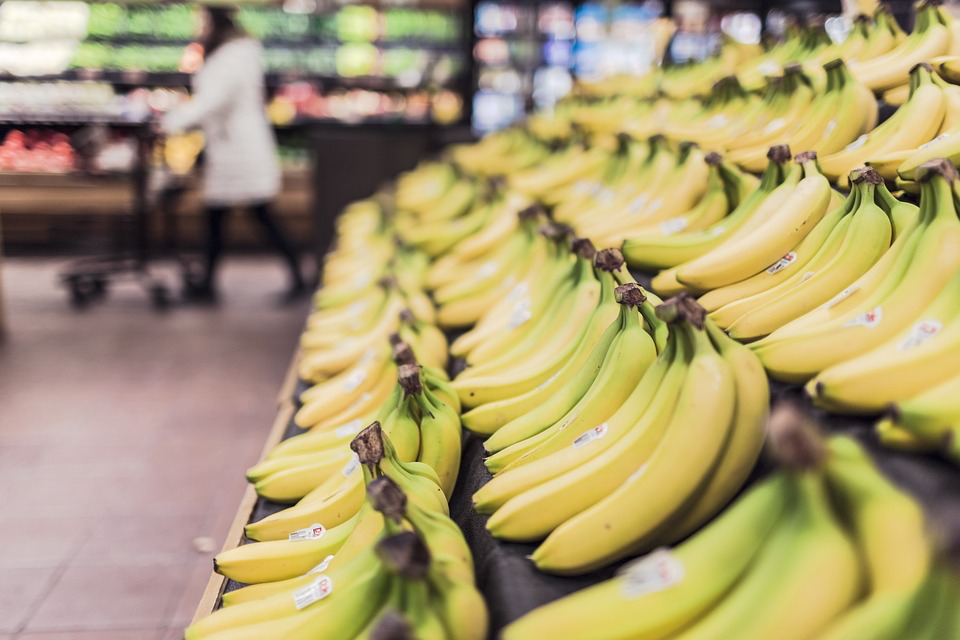
Residents of Honolulu face the highest grocery inflation nationwide with a 5.3% overall increase. The island’s isolated location creates unique challenges for food distribution. Cereals and bakery products lead the surge at 6.5%, while fruits and vegetables follow closely at 6.4%. Unlike mainland cities, Honolulu saw more balanced inflation across categories rather than being dominated by protein costs.
Sunshine State Sticker Shock
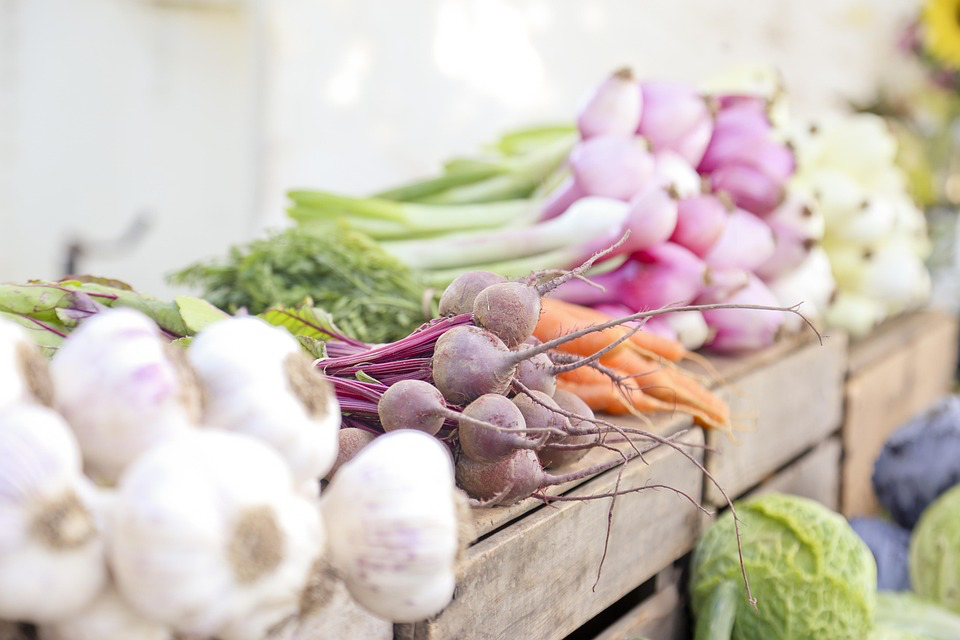
Florida’s Tampa-St. Petersburg-Clearwater area ranks second with grocery prices up 4.3% overall. Protein costs whack especially hard here, with eggs, meat, poultry, and fish jumping 7.8% in just one year. Cereals and bakery products also saw very big increases at 5.3%, while dairy prices rose 5.0%. Interestingly, fruits and vegetables barely increased (0.2%), indicating Florida’s agricultural production may help stabilize produce prices.
Frozen Budgets, Heated Grocery Prices: Twin Cities’ Produce Problem
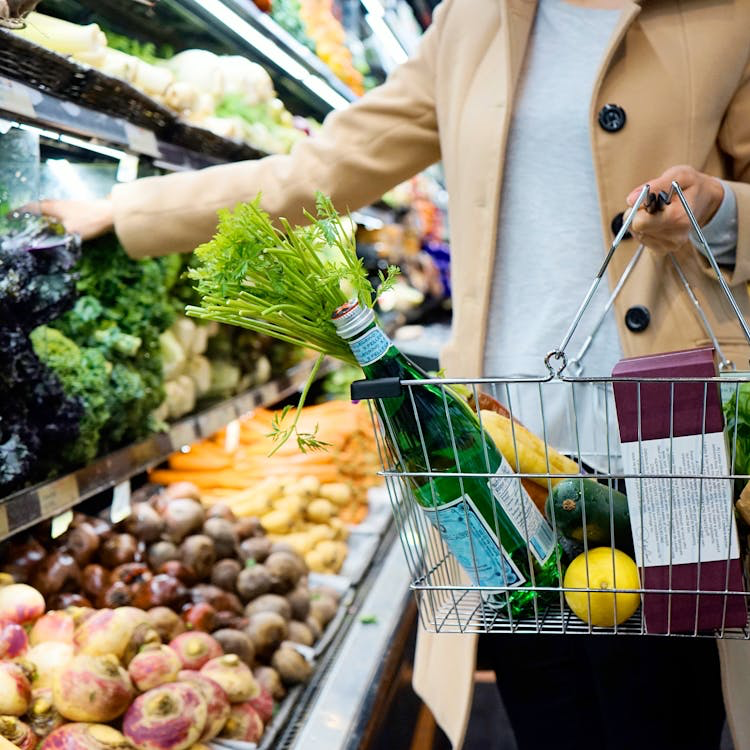
Minneapolis-St. Paul residents face the nation’s highest increase in fruit and vegetable prices at a shocking 6.9%. In the north, shorter growing seasons magnify the impact even more. Overall grocery inflation here reached 4.2%, with proteins up 4.8% and dairy products rising 4.0%. The intense produce increases make maintaining healthy diets increasingly expensive for Minnesota families, especially during winter months when local options dwindle.
Read More: Food Prices Are About to Climb – Here’s What To Buy If Tariffs Hit
Caught Between Cart and Menu

San Diego’s grocery prices have climbed 3.7%, but what stands out is the drastic 6.3% jump in restaurant costs, which marks the biggest “food away from home” increase in the country. Residents are pressed on both sides, paying more whether they cook at home or eat out. Protein prices were the main driver behind the grocery hikes, rising by 7.1%. Combined with California’s already high housing costs, many San Diego households are finding it even harder to keep their budgets on track.
Big Apple, Bigger Price Tags

America’s largest metropolitan area, New York City, saw overall grocery inflation rise by 3.3%, but the increases varied widely across categories. Prices for eggs, meat, poultry, and fish surged by 8.9%, while fruit and vegetable prices dropped by 1.3%. This uneven trend forces shoppers to make tough decisions as they try to maintain balanced diets while managing high living costs. In short, New Yorkers might find some relief in the produce aisle but will pay much more for protein.
Hollywood’s Hunger Games: Los Angeles Grocery Prices Soar
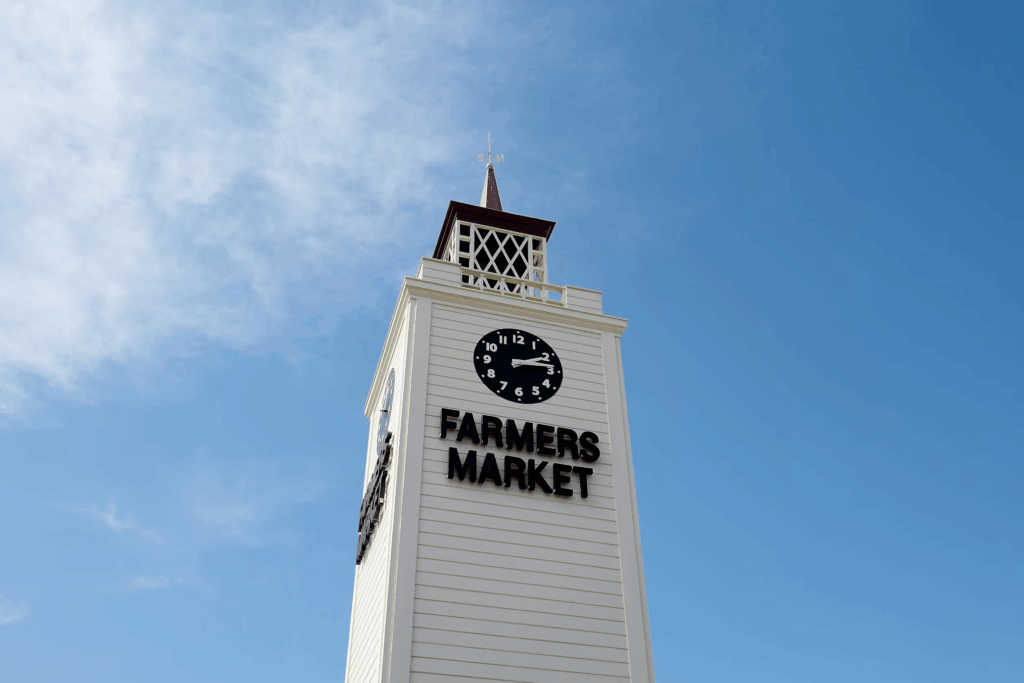
Southern California shoppers face the highest protein increases nationwide, with eggs, meat, poultry, and fish prices soaring 9.8%. That’s four times higher than the overall inflation rate. Like New York, Los Angeles saw relief with fruit and vegetable prices dropping 1.8%. The difference between protein increases and production decreases demonstrates how supply chain issues affect different food categories in varying ways across regions.
Silver Linings: Where Grocery Prices Offer Some Relief

Not all the news we have here brings doom. Two metro areas in the study experienced grocery price decreases over the past year. Boston saw the largest decline with prices dropping 0.7%, driven largely by large decreases in fruits and vegetables (-6.1%). Dallas-Fort Worth also experienced a slight overall decrease of 0.1%, with fruits and vegetables falling 5.6%. However, both cities still saw protein prices increase, with Boston up 5.7% and Dallas up 2.1%. For that reason, even in these relatively better-off markets, shoppers still face some category-specific challenges.
Why Your ZIP Code Determines Your Grocery Bill

Several key factors explain why grocery prices differ so much from city to city. Transportation costs hit harder in areas far from agricultural hubs or in isolated places like Hawaii, where nearly all food must be imported. Every extra mile adds cost by the time food reaches the shelf. Labor markets influence prices too. In cities with higher wages or staffing shortages, businesses often pass added costs onto consumers through more expensive goods.
Local supply chains matter just as much. Cities with strong nearby farming communities tend to see more stable prices, especially for fresh produce and dairy. In heavily urbanized areas that depend on long-haul shipping, grocery costs are more likely to spike during supply disruptions. The farm-to-table trend shows these differences clearly. Regions with local food sources often enjoy lower costs and better quality, while others pay a premium for the same groceries. Where you live, in short, has a much bigger impact on your grocery bill than you might expect.
Navigating the New Grocery Landscape

According to USDA forecasts, grocery prices will likely increase by 3.2% in 2025 – higher than the historical average. Eggs may see the steepest climb, with projections suggesting a potential 54.6% increase due to ongoing bird flu impacts on flocks. For shoppers, knowing which food categories are rising fastest in their region can make all the difference at checkout. As grocery prices keep shifting, adapting your shopping habits isn’t just smart, it’s necessary. Budgeting for food now means paying closer attention to regional trends, planning, and making every grocery run a little more strategic.
Read More: 11 Things You Might Want to Skip Buying at Walmart
